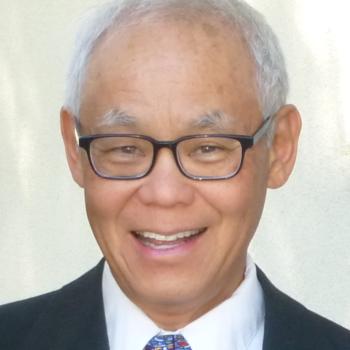Current Research and Scholarly Interests
After shuttering the wet lab, we have focused on: a point-of-care device to measure blood ammonia and prevent brain damage; a human protein complex that juxtaposes and joins DNA ends for repair and V(D)J recombination; and strategies for teaching students and for reducing selection bias in educational programs.
To understand how cells repair DNA damaged by ultraviolet radiation (UV), we identified UV-damaged DNA binding activity, which enhances nucleotide excision repair and is mutated in xeroderma pigmentosum group E.
To understand how cells repair DNA damaged by ionizing radiation, we identified and studied the proteins required for non-homologous end joining, which repairs double-strand breaks produced by ionizing radiation and V(D)J recombination.
To interpret the massive data-sets in gene expression profiles, we invented the algorithms SAM (Significance Analysis of Microarrays) and PAM (Prediction Analysis of Microarrays).
In an interdisciplinary collaboration, we invented a point-of-care device to measure blood ammonia for diagnosis and management of patients with inborn errors of metabolism, liver disease, and cancer-associated chemobrain.


